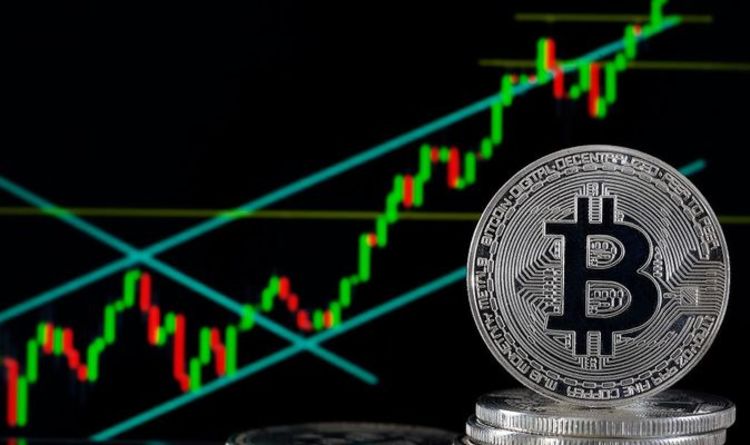The “stock-to-flow” model, based on the relationship between yearly production of new Bitcoins and existing stockpiles, suggests roughly every four years a “halving” event occurs – which is usually followed by a surge. In 2012, after the first halving event, Bitcoin’s price surged from $11 to $1,100 and a second halving event in 2016 saw it surge again from $500 to $20,000.
As the name suggests, when a halving event occurs, rewards for miners drop by 50 percent, meaning at the third halving last year, miners rewards dropped from 12.5 to 6.25 Bitcoin.
Netherlands-based analyst ‘PlanB’ suggests that Bitcoin’s recent price drop, which saw it fall from an all-time high, means it could be trading at only a portion of its next major peak.
Examining the prediction model, analysts believe that Bitcoin is experiencing a “midway dip” on the assumption that patterns from previous years are repeated.
PlanB have previously predicted that following March 2020’s Bitcoin price crash, the world’s most popular cryptocurrency would see a resurgence and hit $100,000 at some time in…









































